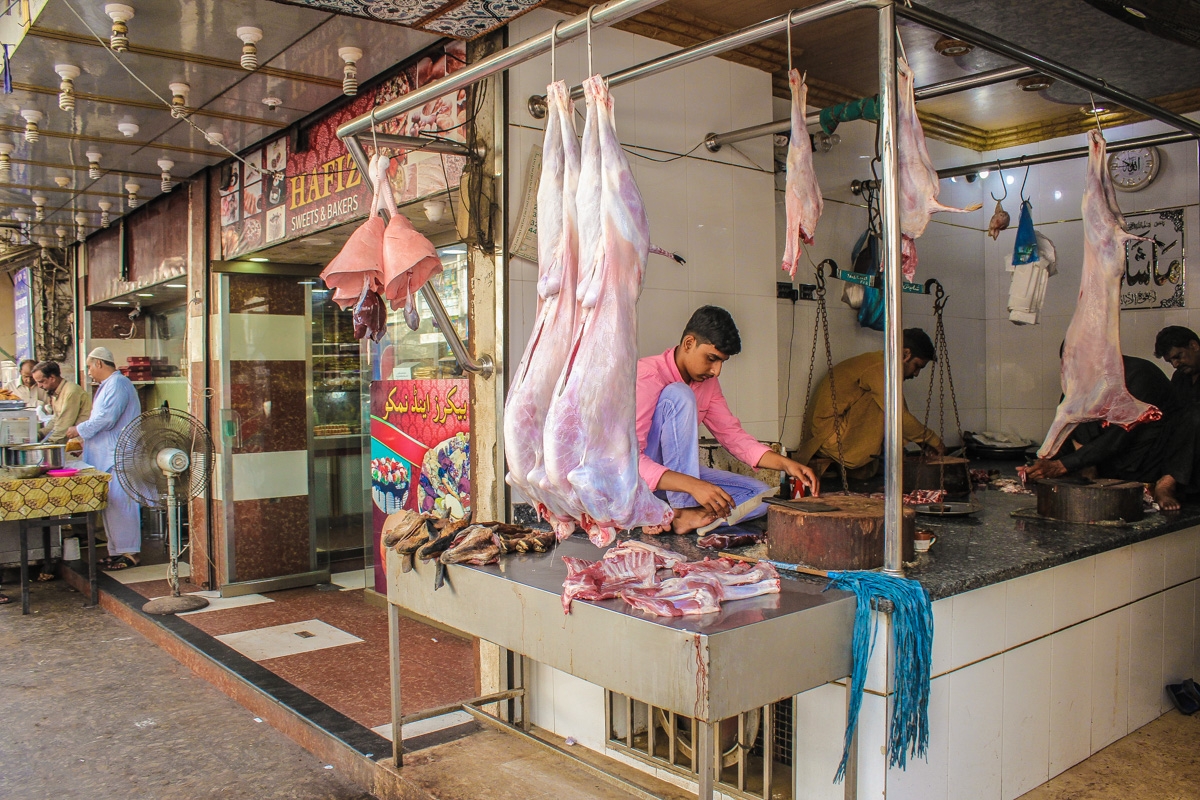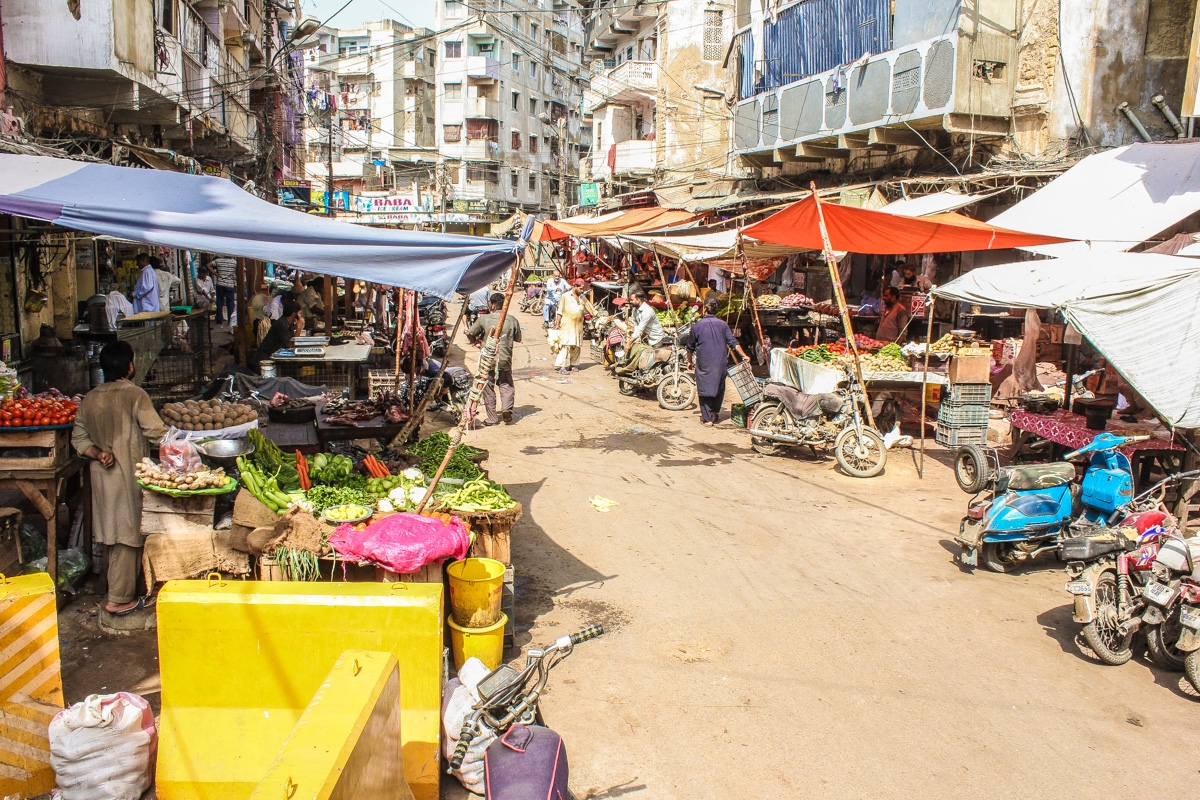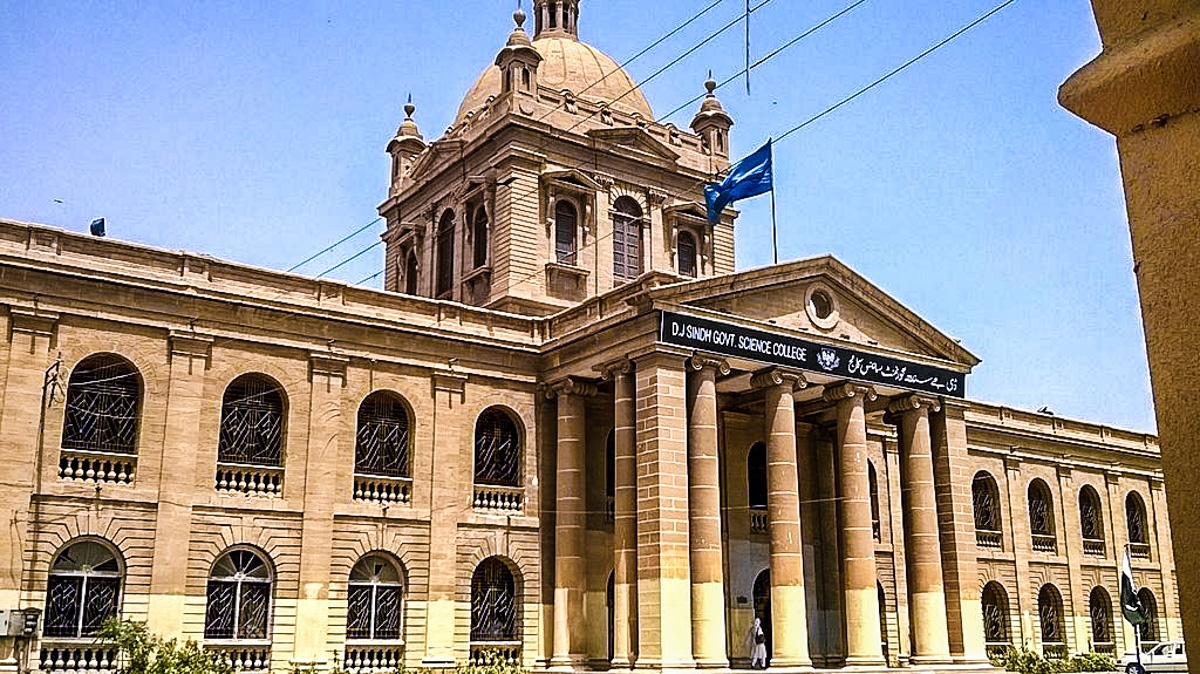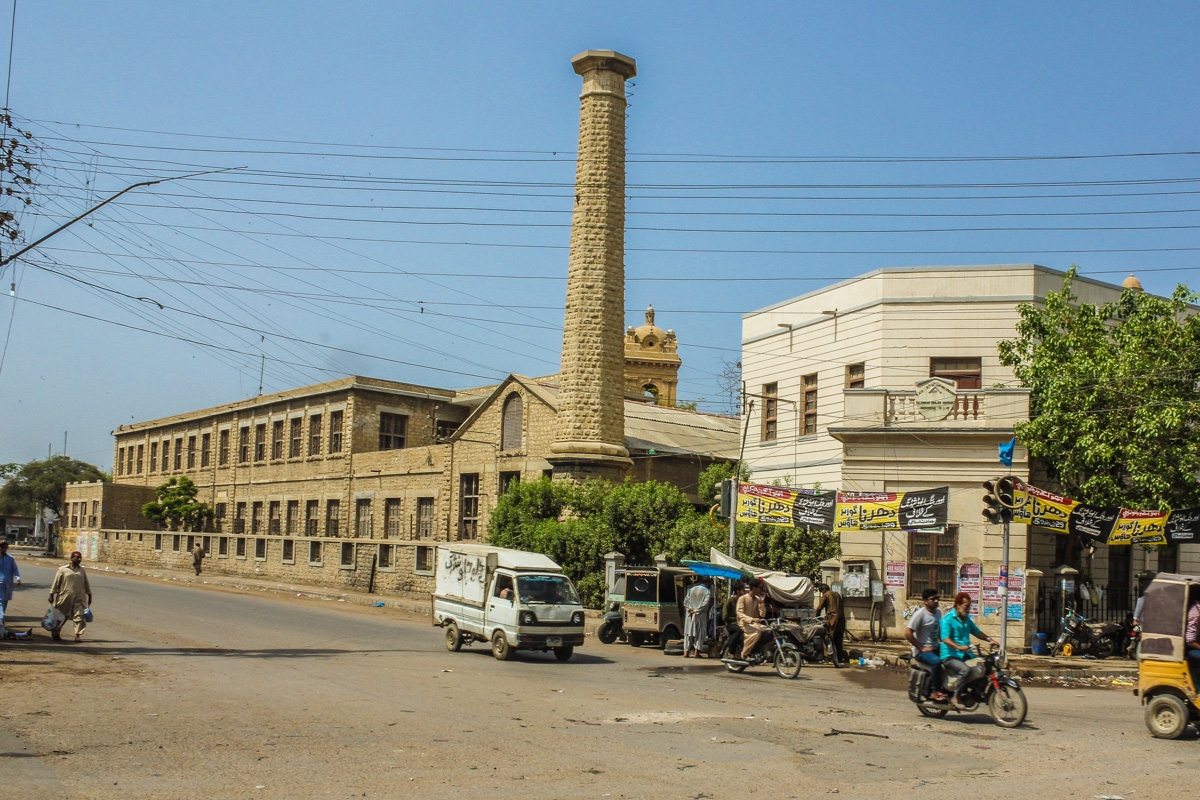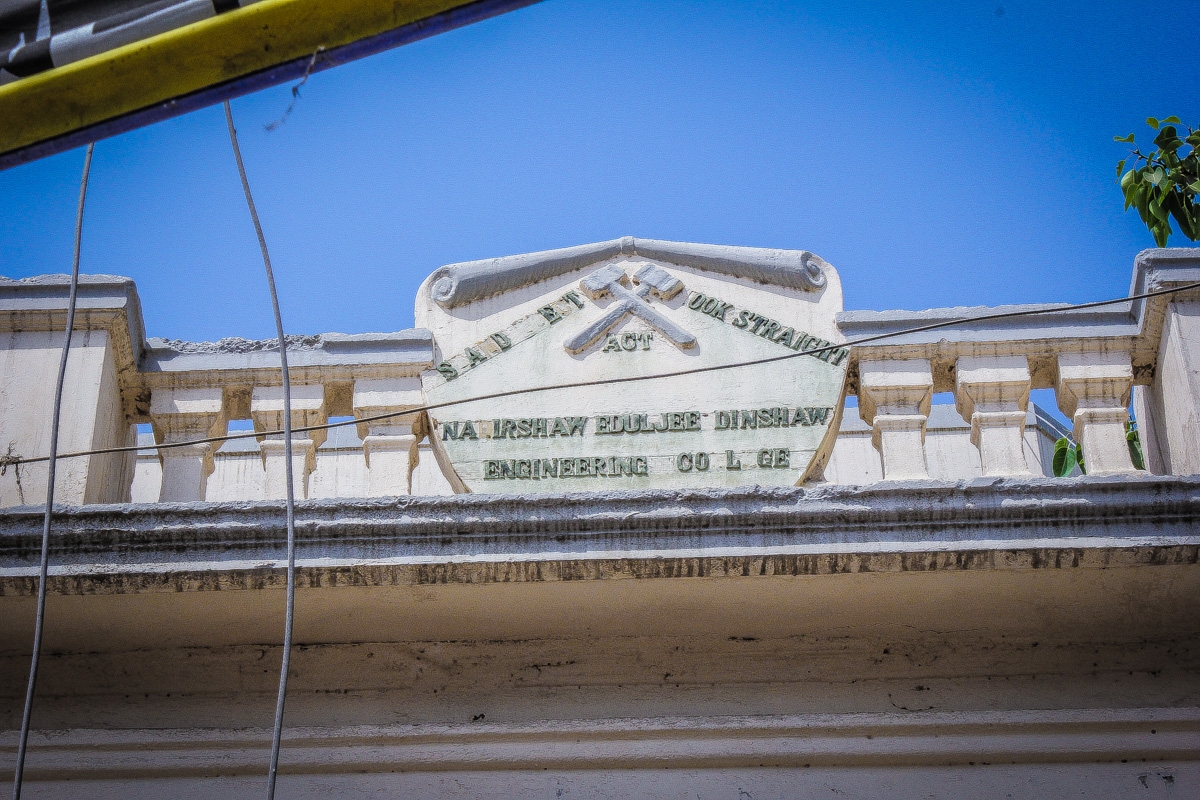

Named after British spy Dr James Burns, the road was renamed after creation of Pakistan. “After the Partition the artery was renamed as Muhammad Bin Qasim Road,” said former Karachi administrator Fahim Zaman. “But the artery is still famous as Burns Road.”
He said the Burns Road area was among old settlements of the Subcontinent where people started building their houses after the war of 1857.
“Hindus, Sikhs, Parsis and, even, Jews were living here at the time of Partition but they migrated gradually.”
Zaman said around 20 percent of population in Ram Swami area, which is a neighbourhood of Burns Road, was of the Hindu community. “There are still some buildings named after Hindus and Sikhs.”

Talking about the population growth in Karachi, he said the Burns Road area was already populated when migrants came from India to Pakistan.
“Unlike areas like PECHS and PIB Colony where there was an exponential growth, the Burns Road area saw a gradual increase in population as it was already inhabited by different communities.”
The former city administrator said affluent residents lived in the Burns Road area who hosted their relatives coming mainly from Mumbai, Delhi and Indian Gujrat.

“Initially the migrants were accommodated by their relatives and acquaintances. Later on they settled down in properties built by non-Muslims who migrated to India.”
Due to the influence of the JUP, he said, the Burns Road area had a Sufi culture where qawwalis and majaalis were organised peacefully. “Since Molana [Shah Ahmed] Noorani followed Sufi Islam, the Burns Road area remained equally peaceful for both Sunnis and Shias, unlike areas in the city where the Salafi influence paved way for riots among Sunnis and Shias.”
Talking about his childhood, Rehan Yaseen, an engineer by profession who has now moved to Bahadurabad, said the people coming from across the border were settling in the residences abandoned by non-Muslims. The buildings had one toilet for two or four flats, he added.
Yaseen said that most buildings have a unique design of woodwork on the balconies called ‘Jaffri’, which still can be seen on some flats.

View from Fresco Chowk to DJ Science College.
There are several historical buildings built by noted personalities. The DJ Science College, which was established in 1887 by a Hindu philanthropist Diwan Dayaram Jethmal, after whom it is named.
Another prominent structure in the area is NED University’s City Campus. The institution was initially founded in 1921 and later renamed as the NED Engineering College in 1924 in memory of Nadirshaw Edulji Dinshaw, a well-known Parsi philanthropist, whose heirs made substantial donations for the development of the college on his first death anniversary.
The structures are now losing their charm due to the continuous negligence of relevant authorities.
Commenting on the situation, renowned architect and rights activist Yasmeen Lari said there were many heritage sites in the Burns Road area that should have been maintained by the government.
“It’s heart-wrenching to see our heritage in a dilapidated condition despite every government making talk claims about their protection and maintenance.”
She demanded of the authorities to preserve and maintain the heritage buildings along with formulating a plan to deal with acute traffic congestion and illegal encroachments in the Burns Road area.










